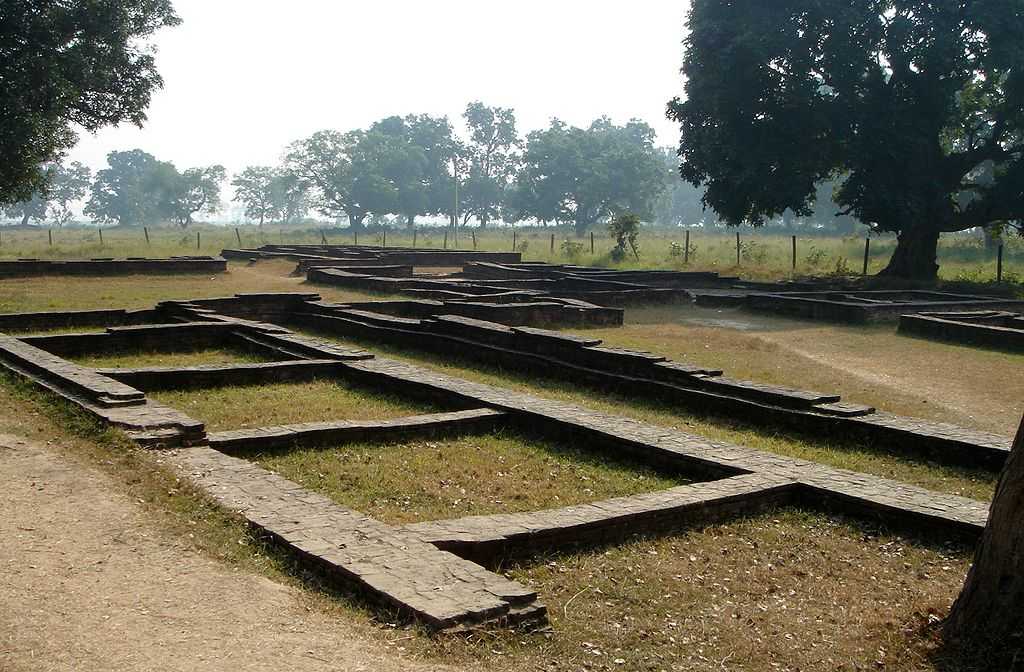Tilaurakot
Tilaurakot, Lumbini Overview
Located at a distance of 45 km from Lumbini, Tilaurakot houses remains of Kapilavstu and is considered to be the place where Lord Gautama Buddha spent 29 years if his life. Its unearthing is marked as a significant event that reveals the historical life of Gautama Buddha.
It is set in the district of Kapilavastu which is believed to be the site of the ancient city of the Shakyas. The exposed ruins include foundations of a structure that resemble a residential complex. Studies reveal that Gautama Buddha had lived his life as a prince and received all the royal luxuries before renouncing his throne and walking out of the Eastern Gate. Tilaurakot is termed as a UNESCO tentative site and is a significant tourist attraction. It is situated on the banks of Banaganga Rice and is surrounded by trees. A small museum in the vicinity has some of the objects that were found during excavation.
Read More on Tilaurakot
History of Tilaurakot Archaeological Site

Tilaurakot was discovered in the 19th century when archaeologists began their search of Kapilavastu based on the information documented by two Chinese Buddhist Monks, Monk Faxian and Monk Xuanzang. This is yet another instance that proves that historical documents are a way of keeping the times alive or at least traceable for future generations. The peeping tom of the sciences, archaeology, has helped derive that Gautama Buddha spent about 29 years of his lifetime in the city before abdicating his throne.
How To Reach Tilaurakot
Fare: NPR 15
Frequency: Every 30 Minutes
Ride Duration: 10 Minutes
and from there, board the bus going to Parsu Chowk
Fare: NPR 50
Frequency: Every 30 minutes
Ride Duration: 1.5 Hours
After that, you can take a rickshaw to the site that will cost NPR 100 (one-side) and NPR 175 (return)
By Taxi: NPR 3000 for a return trip from Lumbini
